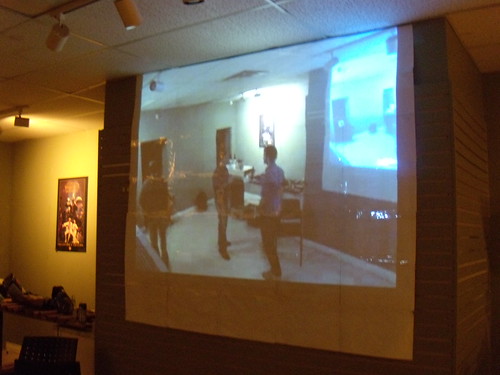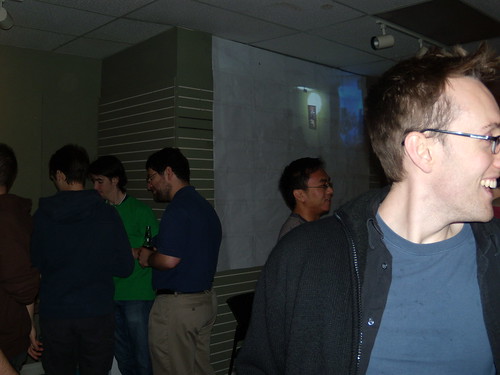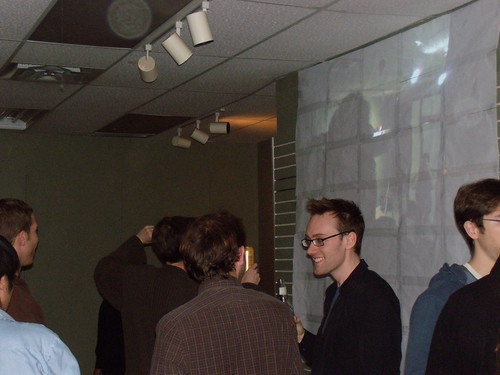For the last 15 years or so, the state of the art in Human-Computer Interaction, and Computer Science as a whole, has been riding the line between the explicit and the implicit. I am trying very hard to understand this.
When we meet a new Thing, we apply very powerful algorithms subconsciously to figure out its behaviour until, finally, it becomes part of Our Understanding. We are highly unaware of how we do this, even if we are told to think it through. The most exciting applications in this area improve the ease of adoption of a new Thing. We give up quickly on Things that fail early, so making sure the first few dates between Us and Them go smoothly is very important. Long term success, termed "expert use" is harder to describe.
How do we define something Good?
Time is an important quantity to Us. Let us use Time to as a metric to evaluate the Good-ness of a Thing.
For what Goals shall we measure the Time?
A Goal should be something easy to measure, that can be done with both the old Thing and the new Thing. Let us compare them to determine the optimal Thing.
This process frustrates Me.
Jump back up a level.
When a Thing fails for Us a few times in a new way, our interaction paradigm switches from the Implicit to the Explicit. We construct rules and try to inference them. Sometimes this is good, and sometimes this is bad. Most of the time, Explicit reasoning should not be necessary. I am a fan of thinking that when a Thing is able to take over a part of our normal life, it frees more of us up to do more better and interesting activities. However, sometimes switching to Explicit reasoning is important. Feynman made a point, when speaking to physics students, that quantum mechanics is like nothing they have ever thought of before, not particles, not waves, not dice. It is entirely axiomatic.
Explicit understanding takes a very long time, but it helps build Implicit understanding (for some reason I am able to think of multi-dimensional vector spaces). It becomes a part of Us.
I have started taking classes with Toronto's
Impatient Theatre Company, a improvisation group focused on
the Harold, a type of longform improvisation comedy. The thesis here is (using unusual words) to organically discover the Pattern of Behaviour present in the suggestion given and the improvisors on stage. Organically, Implicit, means not imposed, Explicit. Why is this only restricted to comedy?
The best Things do not dissapear, they are consumed by Us. When we discover a Pattern of Behaviour, it quickly becomes interesting cool accepted normal required obligatory and we have moved on. Then, the Pattern of Behaviour may be extended and explored to more Patterns of Behaviour. Abusing a definition here, it is like there is a fractal structure to behaviour.
Is there a non-grey difference between "lots of Implicitness" and "Explicitness"?
How can one consciously empower oneself to use Implicit and Explicit modes? Can a Thing be designed to tell one how?
Can a Thing that
animates
draws
files
schedules
makes other programs
learn your Pattern of Behaviour and continue it for You?





















